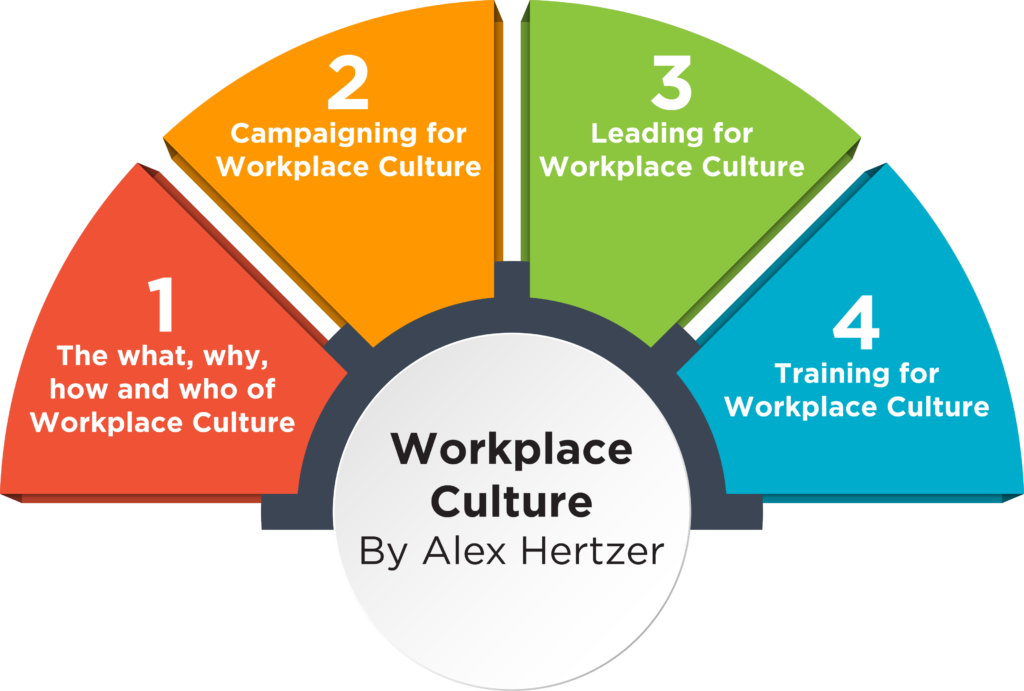For a printable version of this 4-part series by Alex Hertzer, assistant director of Mahoning Valley Manufacturers Coalition, click here.
 We have heard the term “culture” used quite often last two decades.
We have heard the term “culture” used quite often last two decades.
It’s one of those things that we all know exists but can’t quite seem to define. Defining what culture is must come before we can change it.
Knowing what culture is and what it is not will lead us to know how it works. Trying to change the culture in your facility without understanding the mechanism would be like trying to change the direction of a cruise ship, without even knowing how it works.
Trust me, changing culture in a facility is much like steering a cruise ship. It doesn’t happen fast.
Explaining “culture”
Defining culture is extremely difficult because it is not something that you can touch, and it is different for each person and company.
Culture is how we perceive and feel about our workplace and the people we work with.
It is also the machine that keeps a business running. It is the answer to most of your operational questions, too. It is how each employee interacts with the world around them.
Like the DNA of your workforce.
The role of leaders
Whether it is a positive environment or a negative one, every workplace has a culture.
As a leader you don’t get to decide whether or not there is a culture in your facility, but you can choose to make it a good one.
The leaders of a company are who ultimately decide how the culture will display itself.
To have an equitable, encouraging, motivating, empowering workplace, you must first have an equitable, encouraging, motivating, and empowering leader or group of leaders.
The leaders within a company or a facility must take responsibility for this part of the business. Otherwise, a company culture left unattended will inevitably flounder. Someone must be in the driver’s seat.
Read Part 3: Leading for Workplace Culture, here.

